REVIEW: Dredd
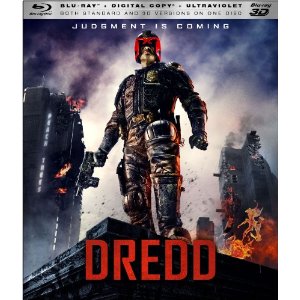 Despite Karl Urban uttering, “I am the law” his overall demeanor was just one of the many disappointments in the new film take on the classic 2000 AD hero, Judge Dredd. Dredd is out on home video this week from Lionsgate and it is amazing how bored I was watching it. The majority of the 96 film takes place in the Peach Trees Block and is effectively Dredd playing John McLane, trying to survive a sealed off building under siege.
Despite Karl Urban uttering, “I am the law” his overall demeanor was just one of the many disappointments in the new film take on the classic 2000 AD hero, Judge Dredd. Dredd is out on home video this week from Lionsgate and it is amazing how bored I was watching it. The majority of the 96 film takes place in the Peach Trees Block and is effectively Dredd playing John McLane, trying to survive a sealed off building under siege.
It’s hard to watch this without comparing it with the Sylvester Stallone misfire of the 1990s. While the story sucked and the star violated the character by taking his helmet off a lot, it looked like the weekly comic come to life. The high tech, futuristic clutter of Mega City One was expertly captured, reminding us of how much the visual of Blade Runner derived from the British comic which has been around since 1977. Also, the costuming was perfect. Here, everything is scaled down and the Judge’s uniform does not look anywhere near as imposing.
Urban, no stranger to the genre, gets credit for playing the character accurately, keeping the helmet on and the upper lip and jaw prominent. On the other hand, he is not physically imposing as Stallone was or as Spanish artist Carlos Ezquerra envisioned him.
We open with a voiceover setting the stage telling rather than showing and this vision is less imposing than the one in the comics. Somehow, the corridor from Boston to Washington has become this singular city with these 200+ story blocks that have become isolated communities. In this one, Ma-Ma (Lena Headey), a drug-dealer/gang leader has become the distributor for a new drug and a routine case pits Dredd and the rookie Judge Anderson (Olivia Thirlby) against an entire community out for blood.
This is more Anderson’s story than Dredd’s and we learn about her mutant ability is that of the most powerful psychic the Justice Department has ever seen. She is deemed ready for evaluation and goes out with Dredd and becomes embroiled in the case. Thirlby, a rising independent film star, is the best part of the film, but then again, she has the most to work with. Her interactions with the prisoner Kay (Wood Harris) give the film any sense of character.
Everyone else plays a type, from the stoic Dredd to the stereotypical Ma-Ma. Headey, a genre veteran, snarls nicely but has little else to do and seems not to care. Dredd is the most feared Judge of all but here, he lacks that reputation which diminishes the character.
The movie is a hard R with exceptionally graphic violence and gore courtesy of director Peter Travis. He’s done this sort of thing before and he handles it well, but doesn’t seem to know what else to do with the characters so has them run, hide, shoot, bleed, repeat.
The best of the extras is “Mega-City Masters: 35 Years of Judge Dredd” (14:27) where creators Ezquerra and John Wagner, accompanied by Brian Bolland, Mark Millar, Jock, Chris Ryall and others, discuss the uniqueness of the character and the opportunity the series has given the writers and artists for topical social and political satire. Everything that is just over the top enough to remain entertaining and amusing in the comics is absent from the film. Screenwriter Alex Garland is exceptionally talented but appears to have read a Wikipedia entry about the series before writing the script. This is perhaps the biggest disappointment of the film, which died at the box office, as much for inept marketing as a poor adaptation of the source material.
The other special features include “Day of Chaos: The Visual Effects of Dredd 3D” (15:21), although this is wasted on those of us who don’t care about 3-D; “Dredd” (1:53), “Dredd’s Gear” (2:31), “The 3rd Dimension” (2:00), about the film’s stereo, and “Welcome to Peach Trees” (2:33).There’s a little more Ma-Ma character substance in the motion comic prequel (2:57).
The combo set includes the 2-D, 3-Dand ultraviolet digital copy. This is the first combo set I have seen without a standard DVD version offered, a portent of the future.
Also included in this set is a digital copy of the film and an Ultraviolet stream or download.

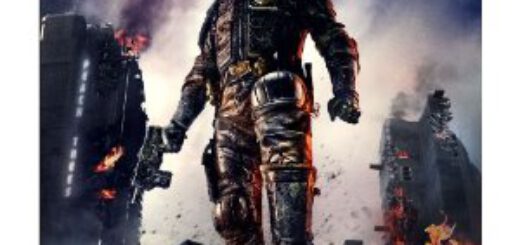
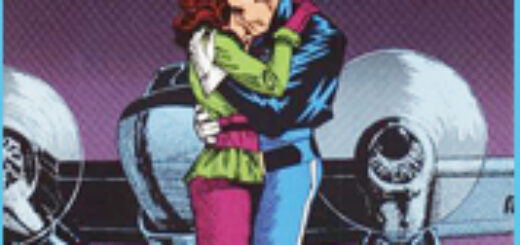
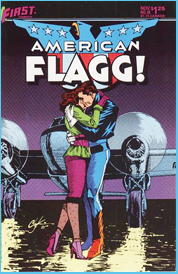
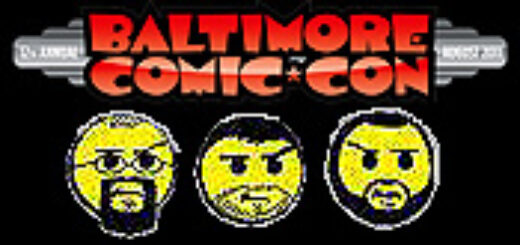

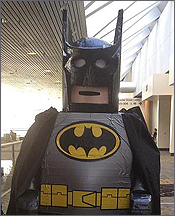
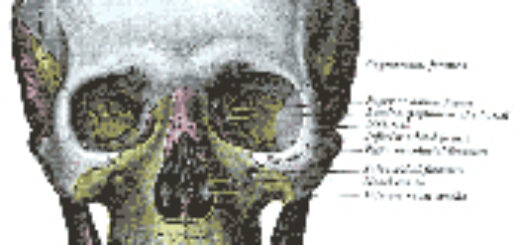
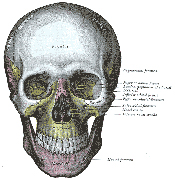

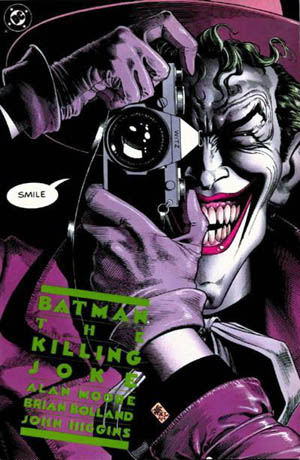
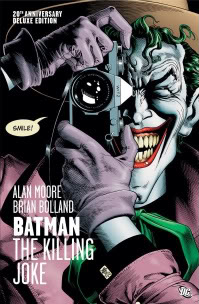
 Today is a popular birthday for comic book creators! Three very different comic book luminaries all share March 26.
Today is a popular birthday for comic book creators! Three very different comic book luminaries all share March 26.









